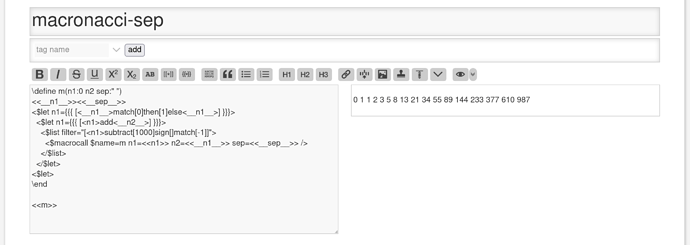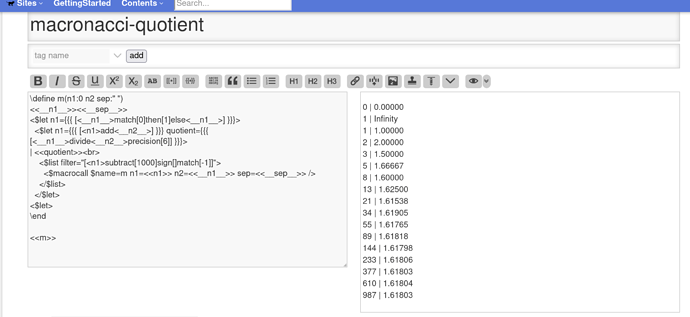Well if I could easily describe it with labels, I would have described it with labels.
None of the labels describe it.
The difference is like the difference between one spoken language and the other, and the ability to fully transition from one to the other such that you are thinking in the same language you are speaking.
Imagine somebody speaking Spanish with French accents on everything instead of Spanish accents, and English sentence structure all over the place instead of Spanish sentence structure.
TiddlyWiki programming, the thinking is more like SQL programming for the person who has mastered SQL programming, and thinks SQL programming as per the math behind it.
So many great Zen stories that would fit, like:
The Zen teacher’s dog loved his evening romp with his master. The dog would bound ahead to fetch a stick, then run back, wag his tail, and wait for the next game. On this particular evening, the teacher invited one of his brightest students to join him – a boy so intelligent that he became troubled by the contradictions in Buddhist doctrine.
“You must understand,” said the teacher, “that words are only guideposts. Never let the words or symbols get in the way of truth. Here, I’ll show you.”
With that the teacher called his happy dog.
“Fetch me the moon,” he said to his dog and pointed to the full moon.
“Where is my dog looking?” asked the teacher of the bright pupil.
“He’s looking at your finger.”
“Exactly. Don’t be like my dog. Don’t confuse the pointing finger with the thing that is being pointed at. All our Buddhist words are only guideposts. Every man fights his way through other men’s words to find his own truth.”
A Taoist story tells of an old man who accidentally fell into the river rapids
leading to a high and dangerous waterfall. Onlookers feared for his life.
Miraculously, he came out alive and unharmed downstream at the bottom of
the falls. People asked him how he managed to survive. “I accommodated
myself to the water, not the water to me. Without thinking, I allowed myself
to be shaped by it. Plunging into the swirl, I came out with the swirl. This is
how I survived.”

